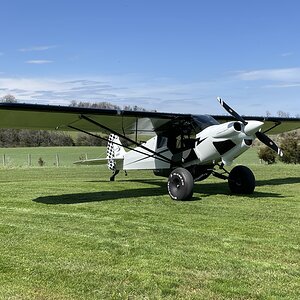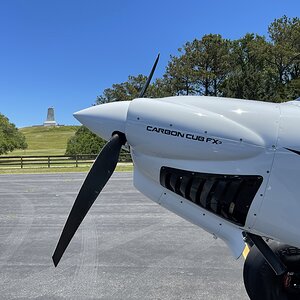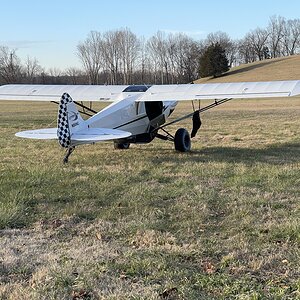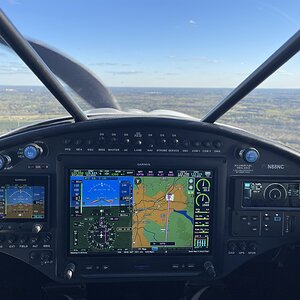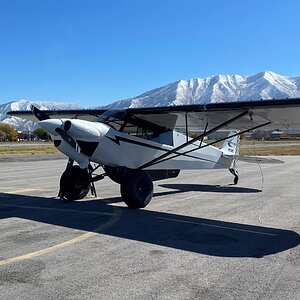Everything began unraveling with Deregulation in 1978. When airlines were forced to truly compete, the downward pressures of unregulated capitalism tore apart the industry. Fares went down, leading to a spiral of cost savings measures. Also, excessive competition into markets (6 airlines flying the same city pair) led to changes in business practices that were geared at strictly gaining market share from a competitor. Flight frequency increased, reducing loads on a particular flight. Frequent fliers were given the world. More gas was burned, and more airframes purchased. In the mid 90's, the threshold of profitability was crossed. There were too many flights, too many planes, and too many competitors. Just about that time, the RJ was born, fulfilling the need of keeping up a frequent schedule, but burning less overall gas and carrying less passengers. Props were getting older at this time too, and passengers still expected the world. They wanted a jet everywhere they went. Gas was still cheap. Here come the RJ's. The mainline unions, for reasons I don't know, decided to let these 50 and fewer seat jets be flown under contract by the regional airlines. At the time, they were given to the "best" regionals of the day : ComAir, Eagle, etc. Once the major airlines were satisfied the smaller outfits could operate the RJ's in an acceptable manner, they began offering jets to a wider range of regional operators. Contracts began small, but the effects of deregulation were really beginning to catch up to the major airlines. The economic faults began to appear before 9/11/01, but the actual stoppage of flight for a few weeks showed how weak every airline was. In times of desperation, more RJ flying was created and farmed out, and major airlines tried to trim fat anyway they could.
But, it all goes back to deregulation. Airlines historically have not been highly profitable ventures. The profit margins have averaged around 1-2%. Most every other industry would consider that a failure. A little downward pressure on air fares was all it took to erode this industry. Unions were put on the defensive, and soon the in-fighting began. Strikes produced scabs, dissent fractured ALPA, and regional vs. mainline ate away at unity from both sides.
But that is just my opinion.

